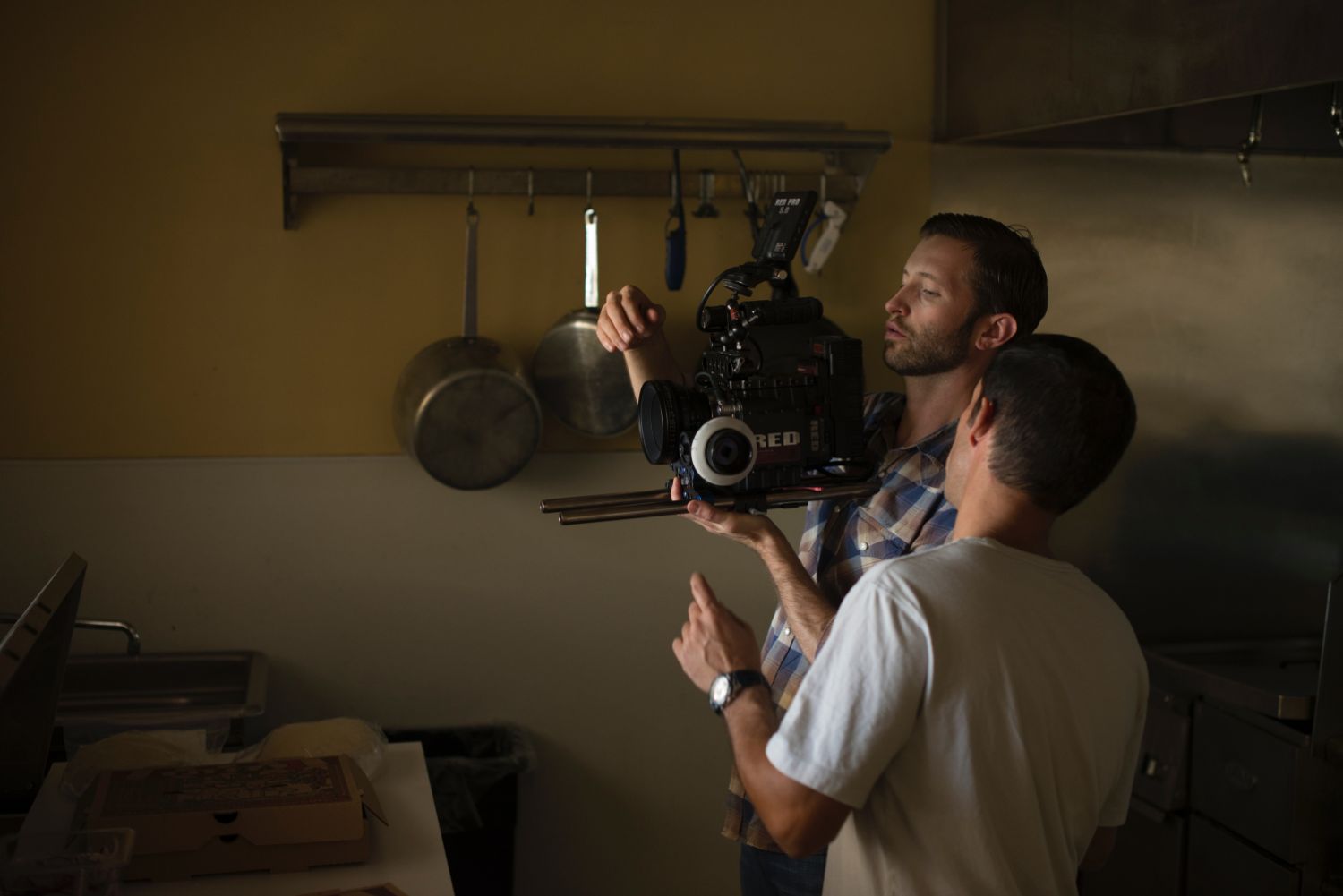Have you been wondering how you can improve your video marketing plan? Are you searching for new ways to convey information to your audience? We have the solution for you.
If you aren’t yet using video in your marketing plan, you are missing out. Video and marketing mesh together like chips and salsa. Since TV’s big debut in the 1920’s, video has been a successful means of displaying information. With advances in technology and media, we now get to accomplish this through a wide range of platforms, in which creativity has no limit. It’s no secret that video has become a significant part of our everyday lives.
Video marketing provides marketers with a user friendly, versatile, shareable and fun way to reach their audience. Not only is it great for marketers, video is proven to be viewed, shared, and chosen over other ways of conveying information such as links, images or chunks of text.
According to Forbes, 92% of mobile video consumers share videos with others.
If you’re still hesitant to include video in your marketing plan, take a look at the following statistics to see what you’re missing out on.
Why you should choose video:

People Choose Video Over Other Formats:
- 55% of people watch videos online every day
- 59% of executives agree that if both text and video are available on the same topic, they are more likely to choose video (Insivia).
More and more companies are realizing that online consumers respond well to compelling video content. We live in a world of impatient people – and in a world where there’s a video for everything. It is a no brainer that we can expect consumers to watch a short informative video instead of read through a big block of text. Videos are simple, to the point and entertaining.
Video Is Reaching Young Audiences: Target Them Sooner Rather Than Later!
- 21.1 hours weekly of online video content is watched by consumers aged 13-24 (Variety).
Trust me, marketers, you want to be including Millennials and Generation Z in your target audience. It’s a well known fact that young people are changing their media consumption habits. Gone are the days of commercial breaks and Saturday morning cartoons – generation Z is watching Youtube, Snapchat and Instagram- and they know how to avoid ads. That means the best way to catch a young adult’s attention is through online video.
To reach your younger audience, think about creating an engaging Youtube series in partnership with a favorite influencer. Or, bring Gen Z behind the scenes of your operation with a Snapchat Story that makes them feel like a part of the action. Try to jump into social phenomenon: but do so with caution. Look to great brands like Wendy’s and Taco Bell for inspiration on this front.
Video Is Accessible And Shareable:
- 92% of mobile video viewers share videos with others. (Emarketer)
- Videos are shared 1200% more that links and text combined. (Virtuets)
Social Media sites have been working for years to shape their structure around creating a “video friendly” application. The apps that were not originally video friendly quickly realized that it was necessary for survival. And, video is so easily shareable; with just the click of a button, you can post to a page or send through a message.
That means that video gets priority in the newsfeed and will quickly spread across the internet – if it’s hitting your target audience just right. An investment in a great social video will have a much bigger impact than a text post.
Video Is Diverse:
Every company has a story to tell. That’s why video marketing is popular in the hospitality, real estate, healthcare, education, sports and entertainment industries, just to name a few. Whether it’s a documentary, company overview, branded content, comedy, or product explainer, video is a great way to hold your viewer’s attention, raise awareness and see quantifiable results!
Make Sure Your Videos:
- Are accessible and easy to find.
- Have content that is relevant to your audience.
- Tell a story and have a clear purpose.
Updated on February 7, 2020
Madison Edwards, Marketing and Communications at Green Buzz Agency. Emily Herman contributed to this post.
